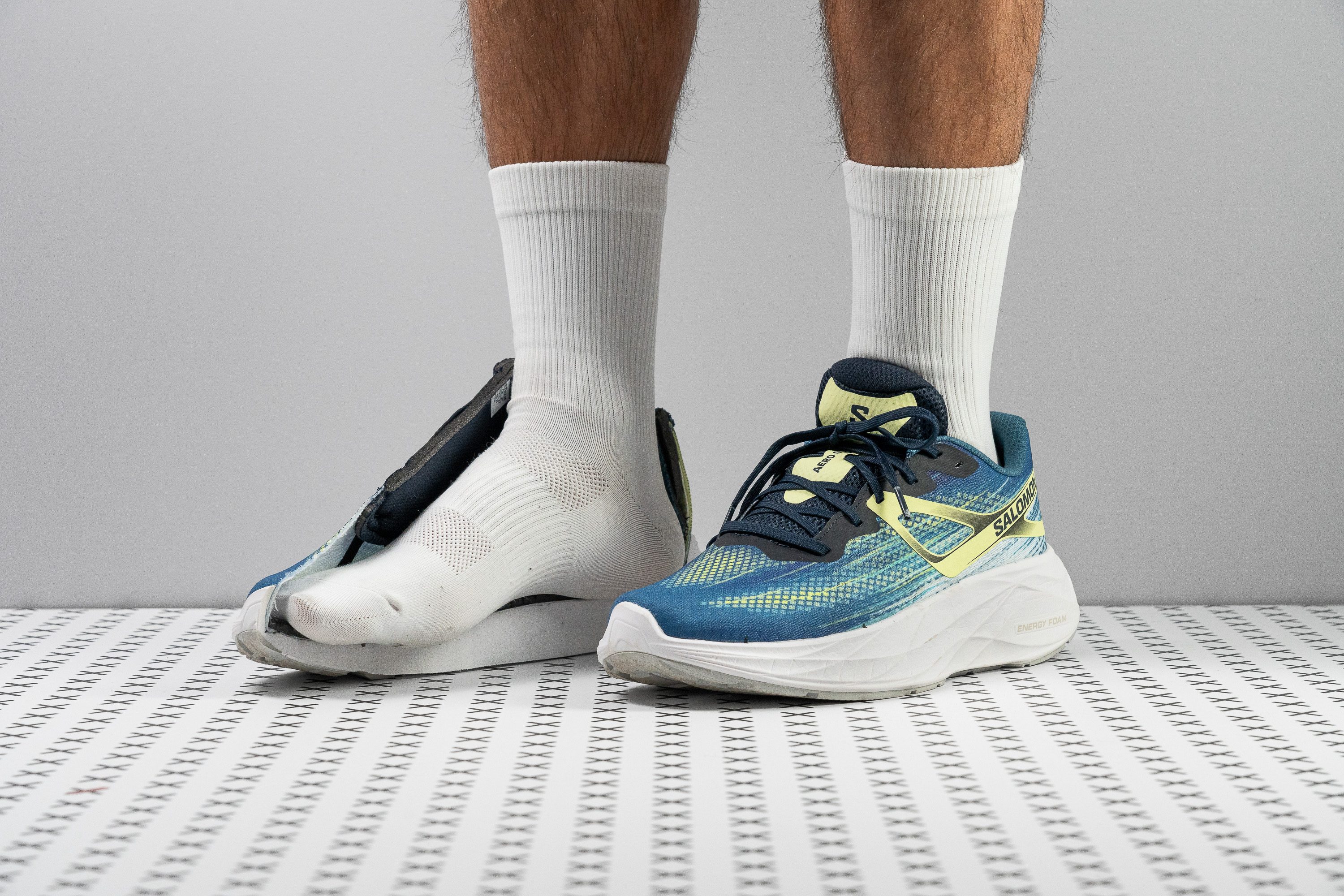Our verdict
- Top pick in best Salomon running shoes (2024)
Pros
- Versatile
- Excellent outsole rubber coverage
- Cushioned for heel strikers
- Wider than other Salomons
- Efficiently designed rocker
- Lightweight despite broad size
- Comfortable upper
Cons
- Somewhat overpriced
- Forefoot cushioning insufficient
- Non-gusseted tongue
Audience verdict
- Top 30% in running shoes for walking
Comparison
The most similar running shoes compared
+ + Add a shoe | |||||
|---|---|---|---|---|---|
| Audience score | 88 Great! | 90 Superb! | 92 Superb! | 84 Good! | |
| Price | $160 | $180 | $160 | $160 | |
| Pace | Daily running | Daily running | Daily running | Daily running | |
| Shock absorption | - | High | High | Moderate | |
| Energy return | - | Moderate | High | Low | |
| Traction | - | High | High | High | |
| Arch support | Neutral | Neutral | Neutral | Neutral | |
| Weight lab Weight brand | 9.3 oz / 264g 9 oz / 254g | 9.6 oz / 272g 9.7 oz / 275g | 8.7 oz / 248g 8.6 oz / 245g | 9.1 oz / 257g 10 oz / 283g | |
| Lightweight | ✗ | ✗ | ✓ | ✗ | |
| Drop lab Drop brand | 11.0 mm 10.0 mm | 9.4 mm 6.0 mm | 10.3 mm 8.0 mm | 10.5 mm 10.0 mm | |
| Strike pattern | Heel | HeelMid/forefoot | Heel | Heel | |
| Size | True to size | True to size | Slightly large | True to size | |
| Midsole softness | Balanced | Balanced | Balanced | Balanced | |
| Difference in midsole softness in cold | Small | Small | Small | Normal | |
| Toebox durability | Decent | Decent | Bad | Decent | |
| Heel padding durability | Decent | Bad | Decent | Decent | |
| Outsole durability | Good | Good | Decent | Good | |
| Breathability | Moderate | Moderate | Moderate | Warm | |
| Width / fit | Medium | Medium | Narrow | Medium | |
| Toebox width | Medium | Medium | Narrow | Medium | |
| Stiffness | Stiff | Stiff | Moderate | Moderate | |
| Torsional rigidity | Stiff | Stiff | Stiff | Moderate | |
| Heel counter stiffness | Moderate | Moderate | Flexible | Moderate | |
| Rocker | ✓ | ✓ | ✗ | ✗ | |
| Heel lab Heel brand | 35.2 mm 37.0 mm | 39.9 mm 37.0 mm | 42.2 mm 40.0 mm | 36.9 mm 38.0 mm | |
| Forefoot lab Forefoot brand | 24.2 mm 27.0 mm | 30.5 mm 31.0 mm | 31.9 mm 32.0 mm | 26.4 mm 28.0 mm | |
| Widths available | Normal | Normal | Normal | Normal | |
| Orthotic friendly | ✓ | ✓ | ✓ | ✓ | |
| Season | All seasons | All seasons | All seasons | All seasons | |
| Removable insole | ✓ | ✓ | ✓ | ✓ | |
| Ranking | #223 Top 34% | #40 Top 11% | #10 Top 3% | #233 Bottom 37% | |
| Popularity | #450 Bottom 31% | #236 Bottom 36% | #112 Top 31% | #144 Top 39% |
Who should buy
We recommend the Aero Glide from Salomon for runners seeking:
- A resilient and reliable daily trainer—ideal for accumulating hundreds of miles without concern for outsole wear.
- A gentle rockered ride, providing a smooth heel-to-toe transition.
- A shoe with a flared heel and broad sole, offering a wide heel and forefoot for enhanced stability.
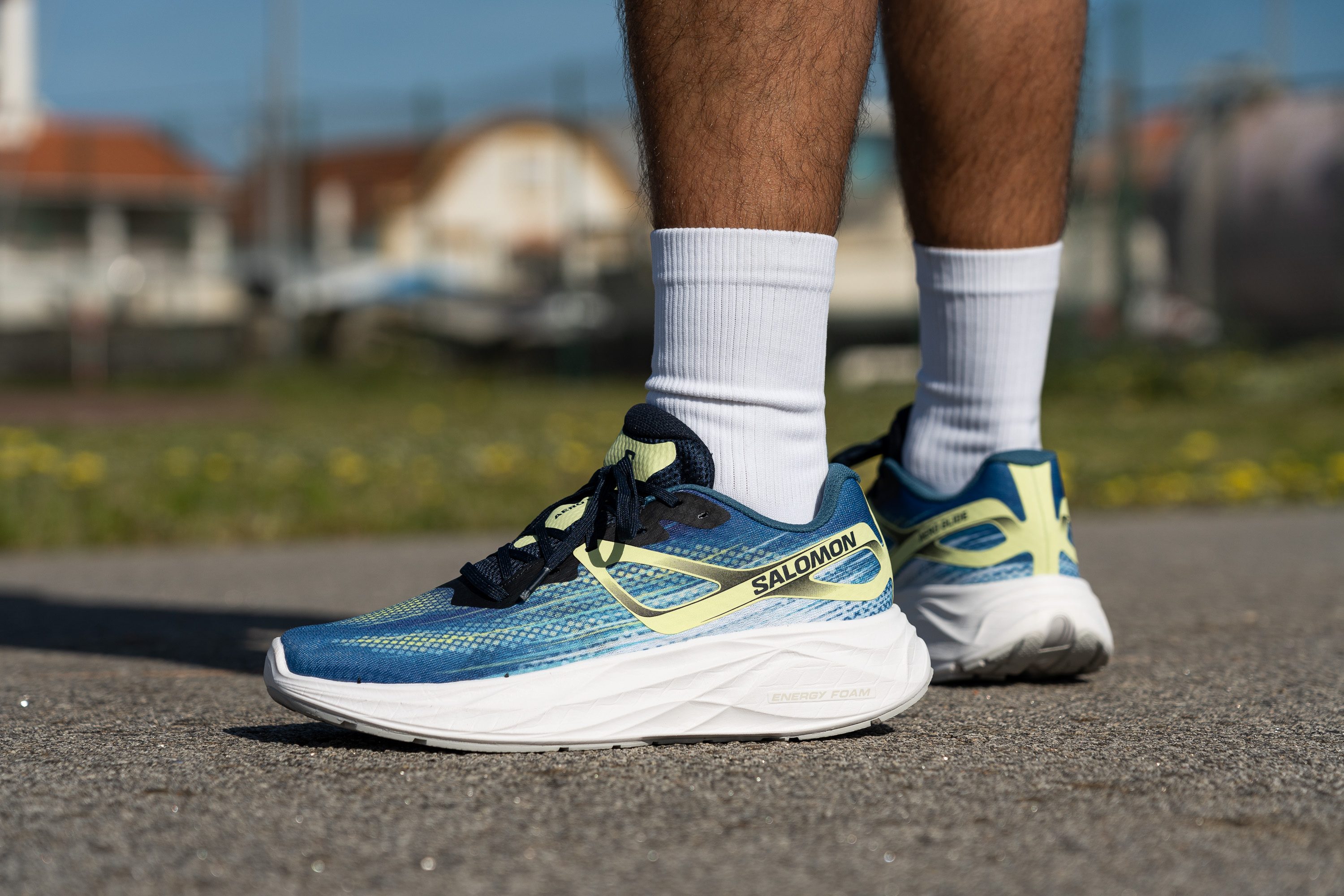
Who should NOT buy
We think that runners who utilize a midfoot or forefoot striking technique may not find the Aero Glide as suitable as other options. The forefoot cushioning feels inadequate and the 11.0-mm drop appears excessively steep—making the Hoka Clifton 9 a more fitting choice for these runners, in our view.
Furthermore, we believe the Aero Glide is a bit overpriced at $160 for a standard daily trainer. For those looking to save a bit of money, we suggest the ASICS Novablast 4, which offers more cushioning and less weight at just 140 bucks.
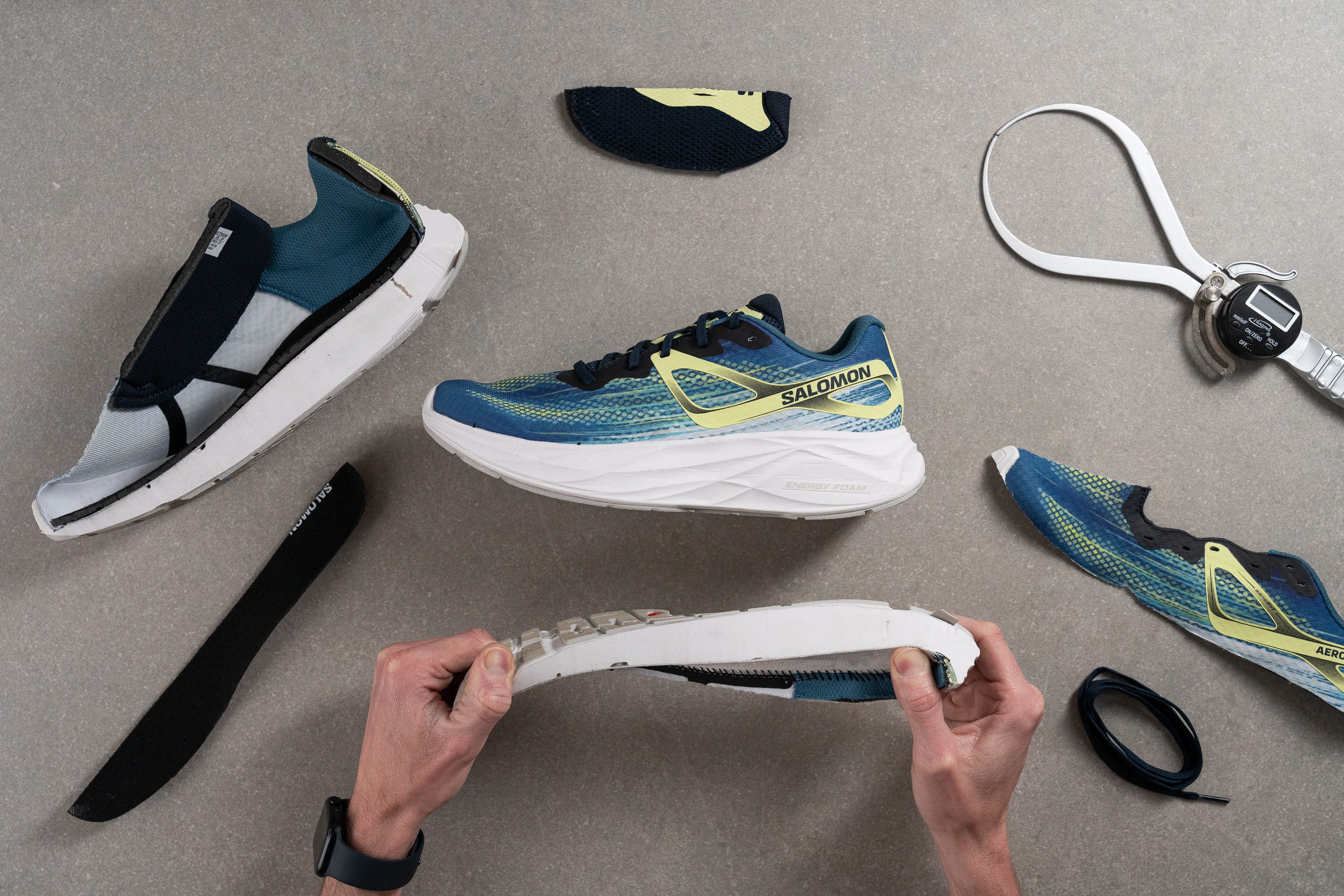
Cushioning
Heel stack
Turning our focus to the midsole, our first test was to measure the heel stack height.
Our findings showed a generous 35.2 mm, categorizing this shoe within the maximal cushioning range, suitable for any distance, including grueling 20-milers for those training for a marathon.
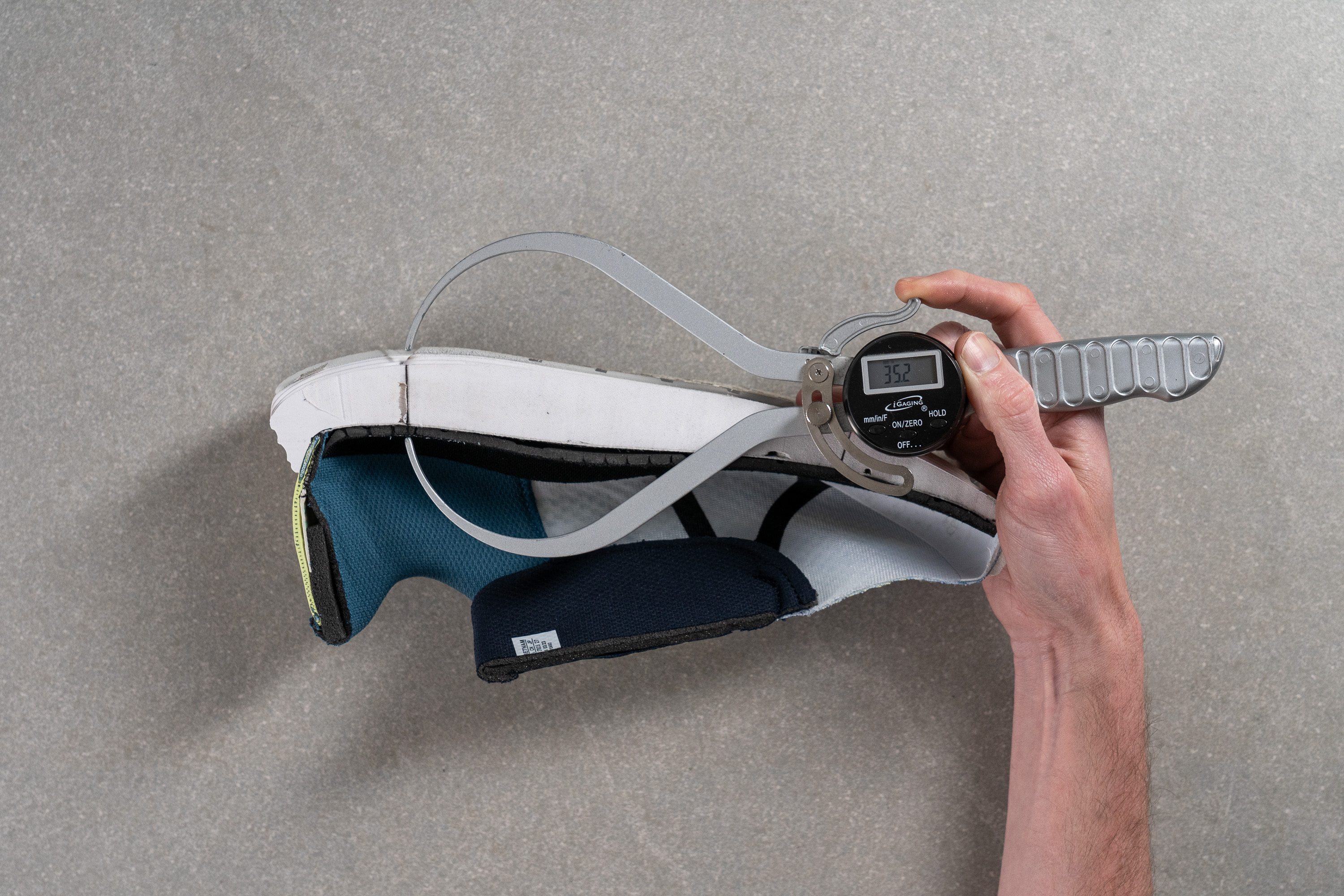
| Aero Glide | 35.2 mm |
| Average | 34.8 mm |
Forefoot stack
The forefoot cushioning is less substantial than the heel, measuring only 24.2 mm under our digital calipers.
This moderate approach may cause heavier forefoot strikers to bottom out in the Aero Glide. However, it should be enough for the majority of runners.

| Aero Glide | 24.2 mm |
| Average | 26.2 mm |
Drop
As hinted by our prior measurements, the heel-to-toe drop in the Aero Glide is significant at 11.0 mm, aligning with the typical design cues from Salomon.
This wedge-like design benefits heel strikers and runners who experience Achilles tendon or calf discomfort, as the higher offset can help alleviate stress in these areas.
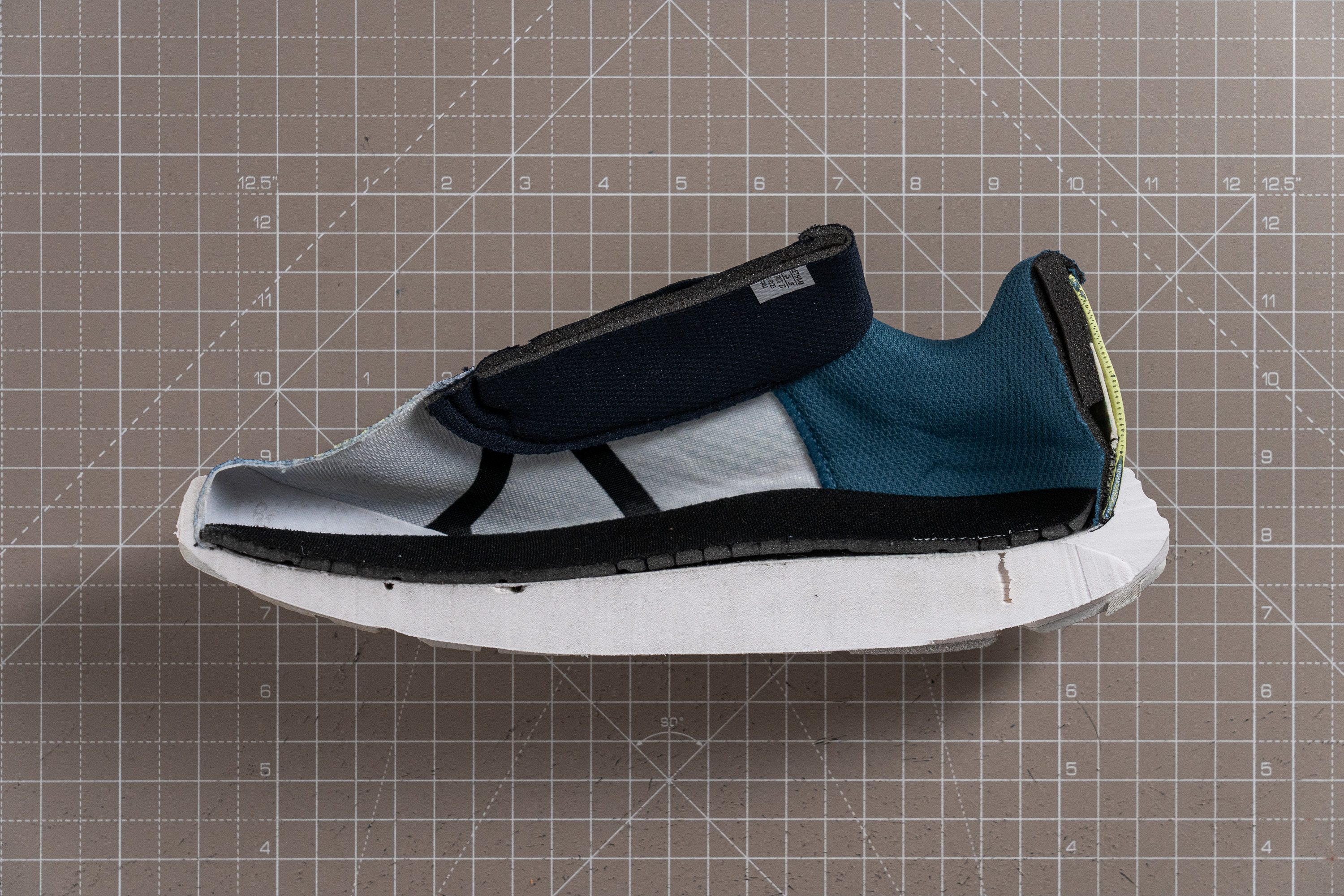
| Aero Glide | 11.0 mm |
| Average | 8.6 mm |
Midsole softness
The midsole is 100% made of EnergyFOAM, which is an EVA+OBC compound similar to FF Blast+ from ASICS, although this one feels a bit firmer underfoot.
Checking its softness with our Shore A durometer after cutting in half the shoe—which is a necessary condition to obtain precise results—we found a 20.6 HA score, which confirms that the formulation strikes a balance between a plush and a firm ride.
Moreover, we discovered that the energy return is good—superior to any standard EVA foam. However, it doesn't match the exceptional energy return found in PEBA-based shoes like the Nike Invincible 3.

| Aero Glide | 20.6 HA |
| Average | 20.4 HA |
Rocker
We believe runners looking for a moderately rockered daily trainer will be quite pleased with the Aero Glide. While it doesn’t offer an extreme rocker effect, the noticeable curvature at both ends effectively guides you forward from heel to toe, making for a smooth stride.
Size and fit
Size
Salomon Aero Glide fits true to size (12 votes).
Width / Fit
Given Salomon's reputation for crafting snug uppers, we did not anticipate a roomy toebox.
However, to our pleasant surprise, the Aero Glide offers a slightly wider fit than typical Salomon shoes. We measured the widest part of the toebox at 98.5 mm, providing ample space for most runners' comfort.
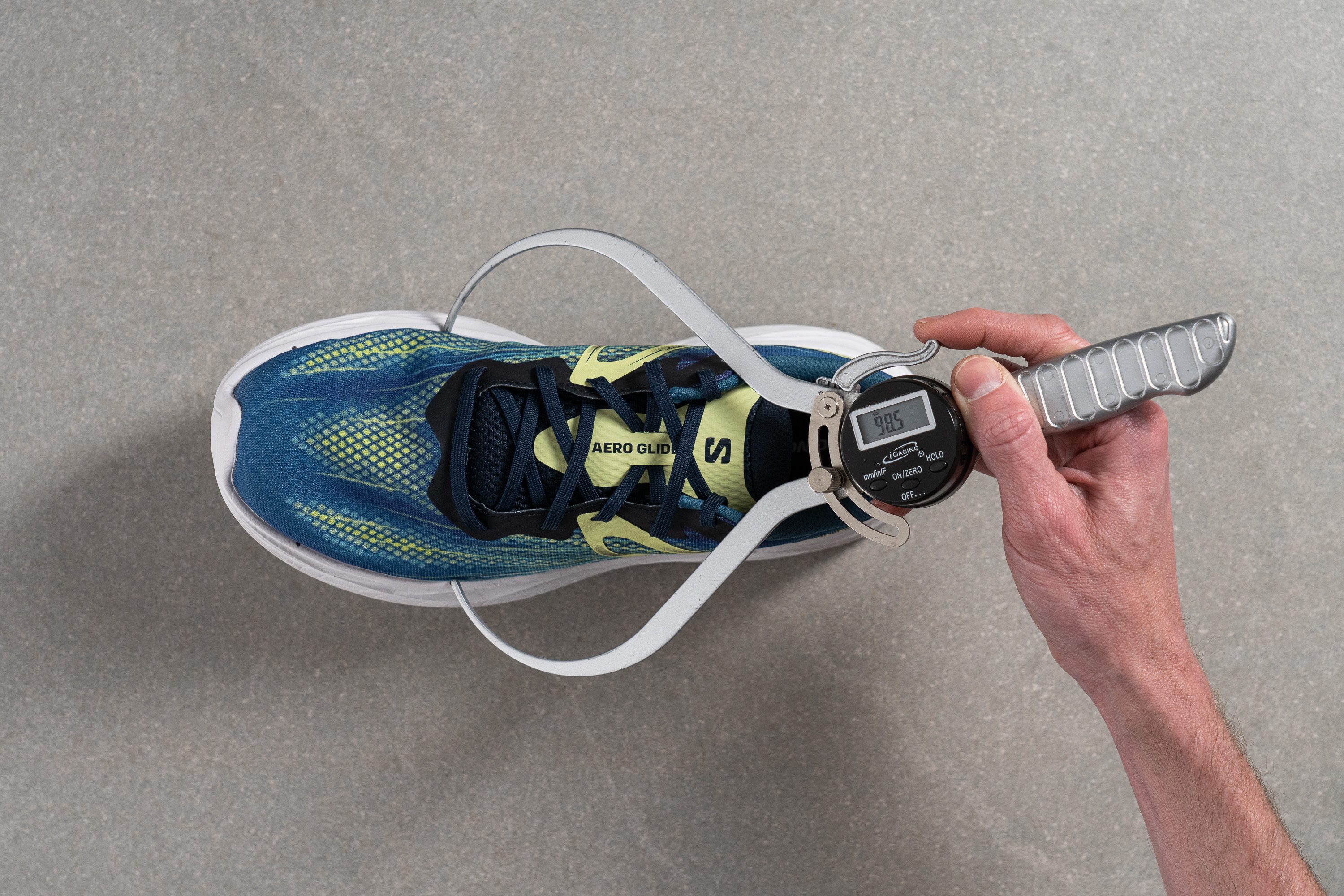
This test follows an older methodology, which is why you don't see recently tested shoes in the chart. Results from different methodologies can not be compared.
| Aero Glide | 98.5 mm |
| Average | 98.5 mm |
Toebox width
Our second measurement confirmed a narrower fit at 76.2 mm, aligning more closely with Salomon's typically snug design. While not necessarily a drawback, this tighter space in the toe area may not suit runners who prefer a roomier toe cap.
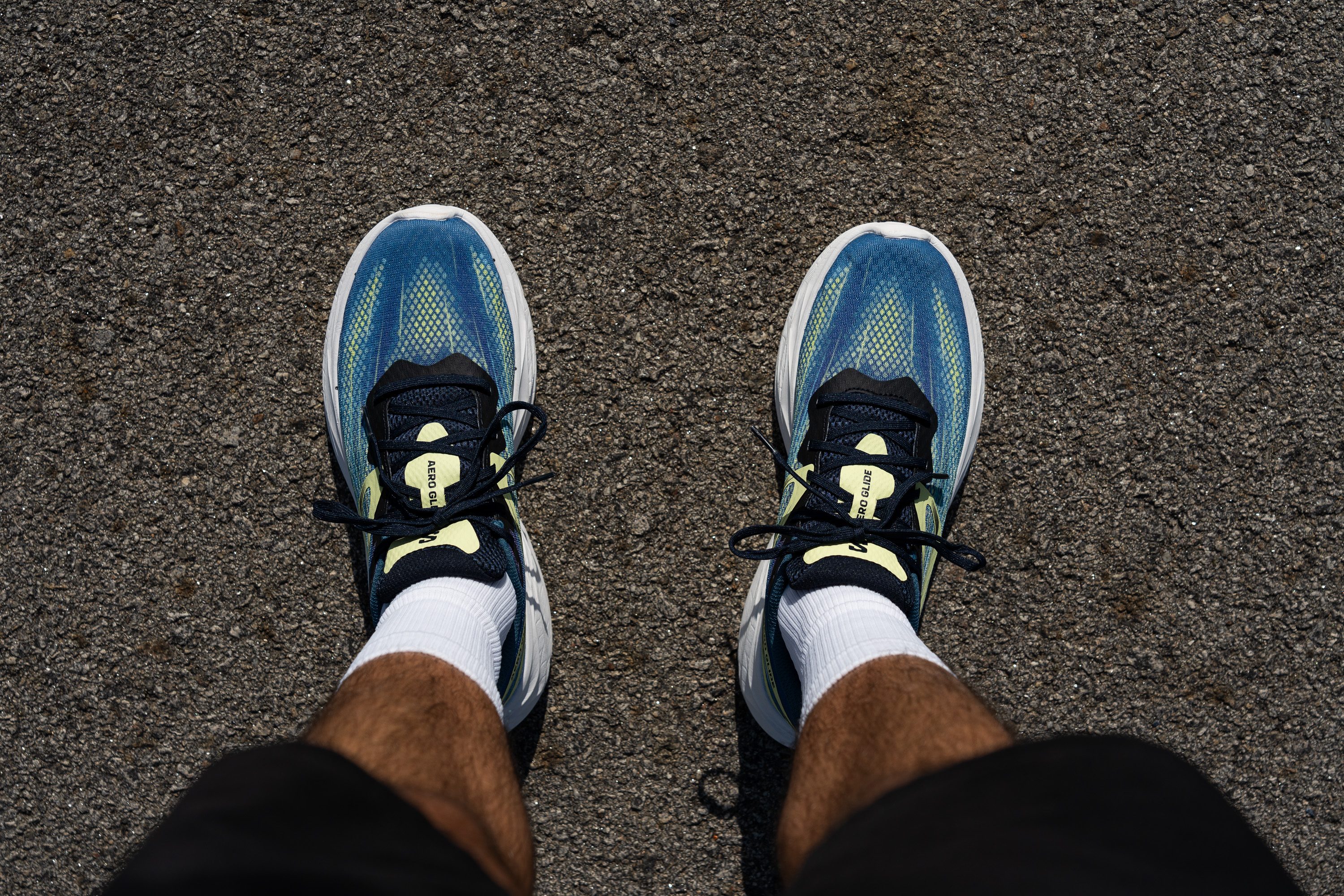
Additionally, during our tests, we noted that the vertical space in the toebox is somewhat limited.
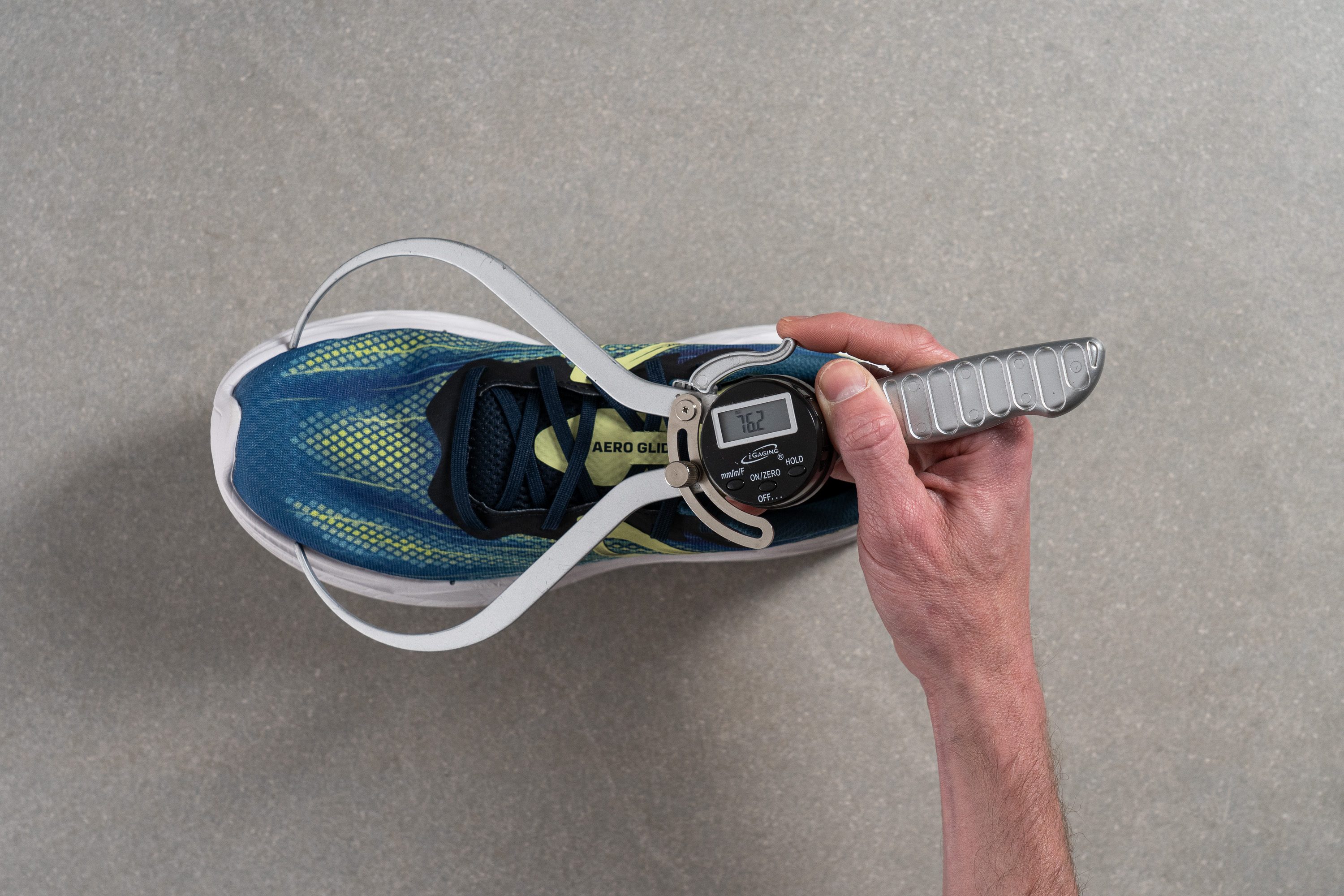
This test follows an older methodology, which is why you don't see recently tested shoes in the chart. Results from different methodologies can not be compared.
| Aero Glide | 76.2 mm |
| Average | 78.4 mm |
Flexibility / Stiffness
Previously, we confirmed that the Aero Glide exhibits surprisingly-high torsional rigidity. However, our focus now shifts to its longitudinal flexibility.
Using our 90-degree bend test—a favorite here in the lab due to its uniform application across all models—we measured the Aero Glide at 23.0N. This places it on the more flexible end of the spectrum, which is ideal for a daily running shoe.
This test follows an older methodology, which is why you don't see recently tested shoes in the chart. Results from different methodologies can not be compared.
| Aero Glide | 23.0N |
| Average | 28.1N |
Stiffness in cold (%)
Continuing our tests similar to the midsole softness assessment, we examined how longitudinal stiffness varied under cold conditions.
We chilled the shoe in the freezer for another 20 minutes and then tested it back. The stiffness increased by 28%, which isn't remarkable, but it's satisfactory for practical purposes.
| Aero Glide | 28% |
| Average | 33% |
Weight
Despite its substantial rubber coverage and robust stack height, the Aero Glide impressively remains under the 10-oz mark, weighing in at just 9.3 oz or 264g.

| Aero Glide | 9.3 oz (264g) |
| Average | 9.3 oz (264g) |
Breathability
Our initial impression of the Aero Glide was puzzling—the upper appears paper-thin, although Salomon didn't incorporate direct ventilation holes. At RunRepeat, we love testing, not guessing, so we dove right in.
Our first test pumped smoke into the shoe to see how effectively it escaped. Impressively, the Aero Glide managed very well, earning a solid 4/5 rating from us.
Next, we shone a light through the upper to assess its structure. We discovered that the material remains consistently thin until the heel, ensuring even ventilation—crucial for avoiding blisters in the arch during summer runs.
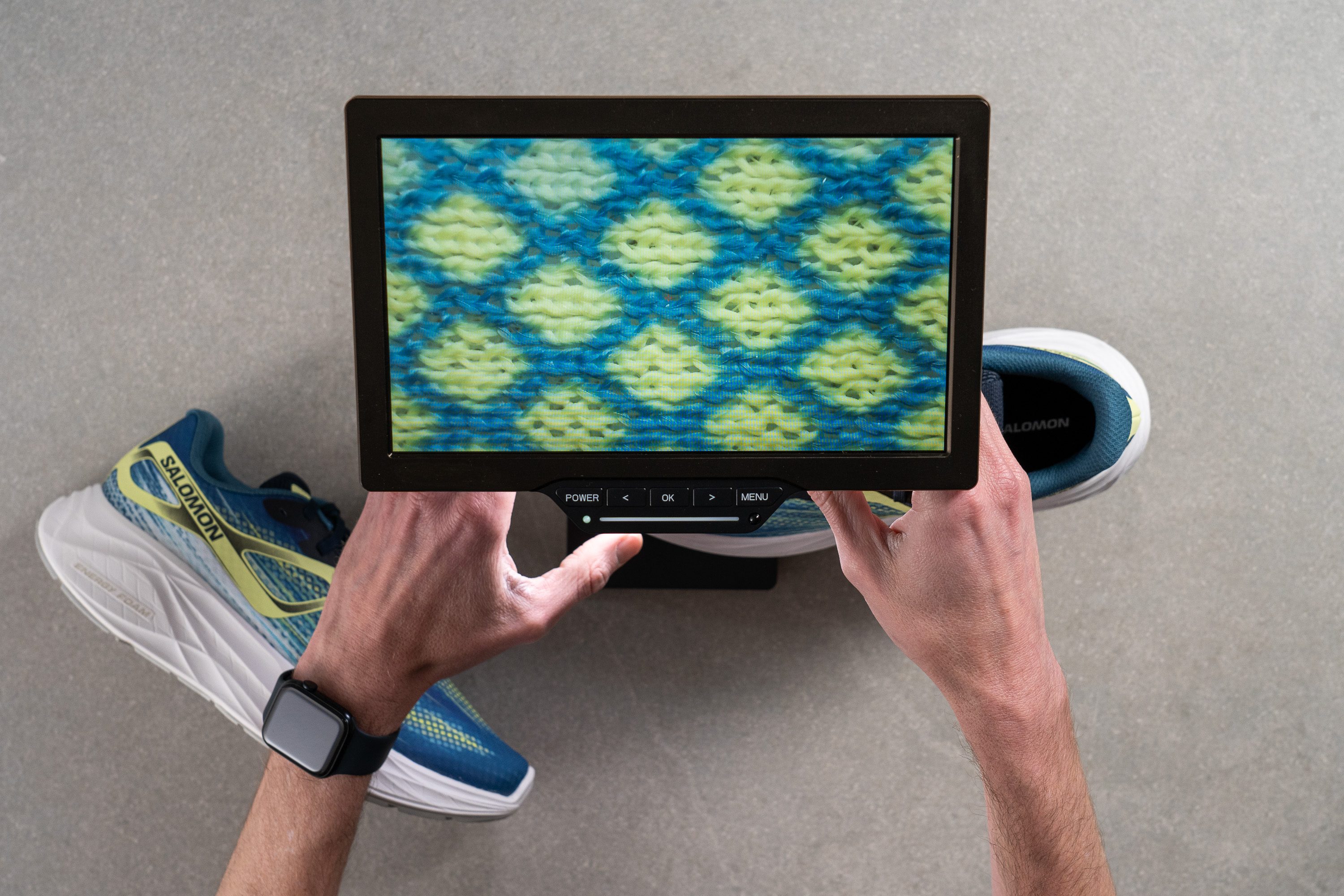
Under the microscope, the upper's intricacies became clear. It's crafted from standard engineered mesh with countless tiny openings, and painted with remarkable precision!
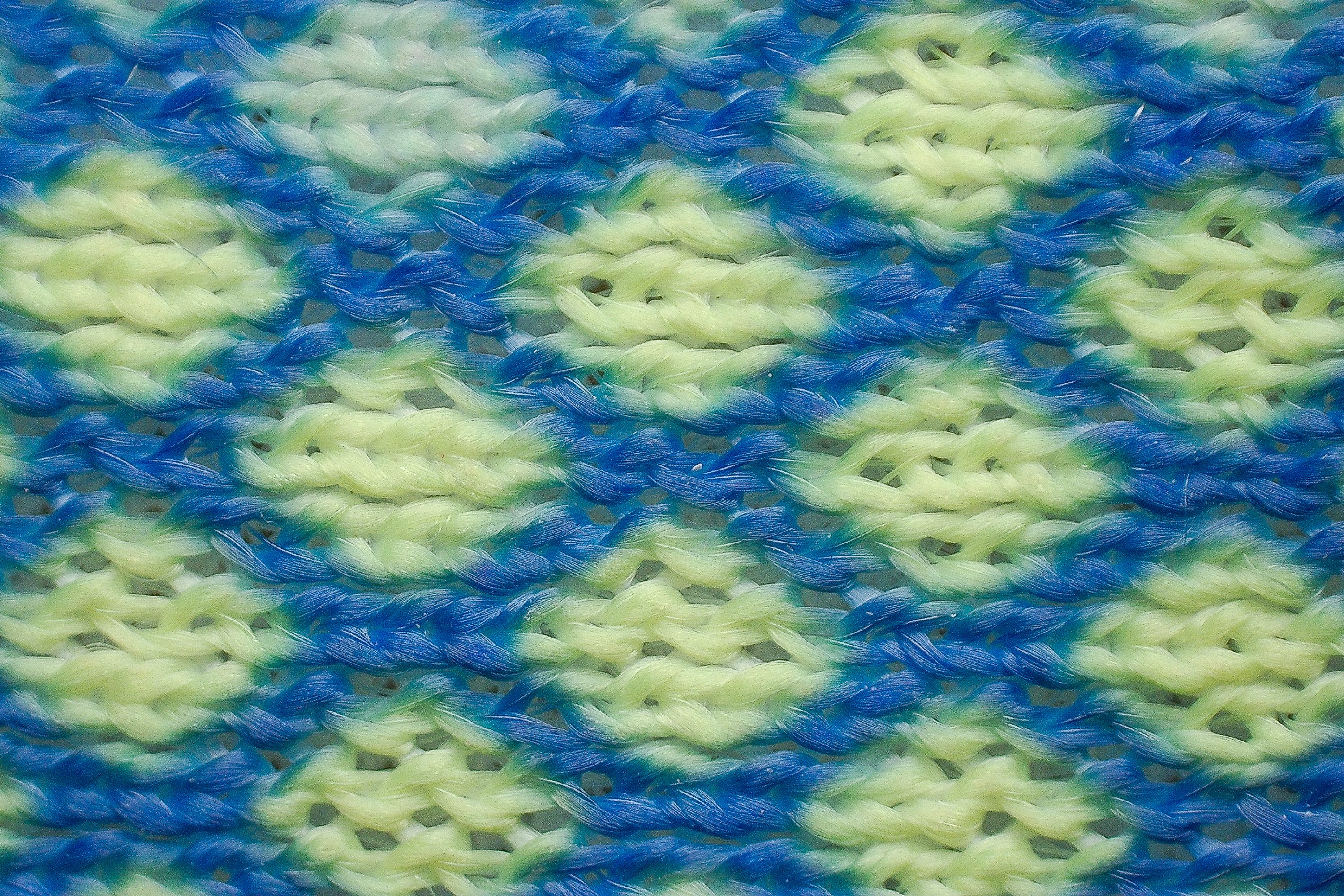
In our final assessment of the upper, we noted significant padding in critical areas—the midfoot and heel—adding comfort where it's needed most.
| Aero Glide | 4 |
| Average | 3.7 |
Stability
Lateral stability test
The Aero Glide stands out as a neutral daily trainer. However, its impressively wide dimensions—which we’ll discuss shortly—enhance its stability, making it a viable option even for those requiring slight support.
Torsional rigidity
Despite featuring a substantial hollow in its midsole, the Aero Glide maintains strong torsional rigidity, earning a rating of 4/5 from us.
This means that, in our view, runners seeking a daily trainer that offers a more flexible and natural running sensation might prefer something like the New Balance FuelCell Rebel v4.
| Aero Glide | 4 |
| Average | 3.5 |
Heel counter stiffness
The heel counter of the Aero Glide is pretty standard, similar to those found in most daily trainers, with a stiffness rating of 3/5.
We found it strikes a balance between comfort and support, offering enough structure to enhance heel stability without being too rigid or irritating the Achilles area.
| Aero Glide | 3 |
| Average | 2.9 |
Midsole width - forefoot
Earlier we hinted at the spacious build of the Aero Glide—now it's time for specifics. We measured the forefoot at a substantial 121.7mm, akin to stability shoes with a vast landing platform.
Yet, every design has its compromises, and for the Aero Glide, it's the loss of agility. The wide build makes the shoe could feel somewhat cumbersome, especially when fast turns are required.
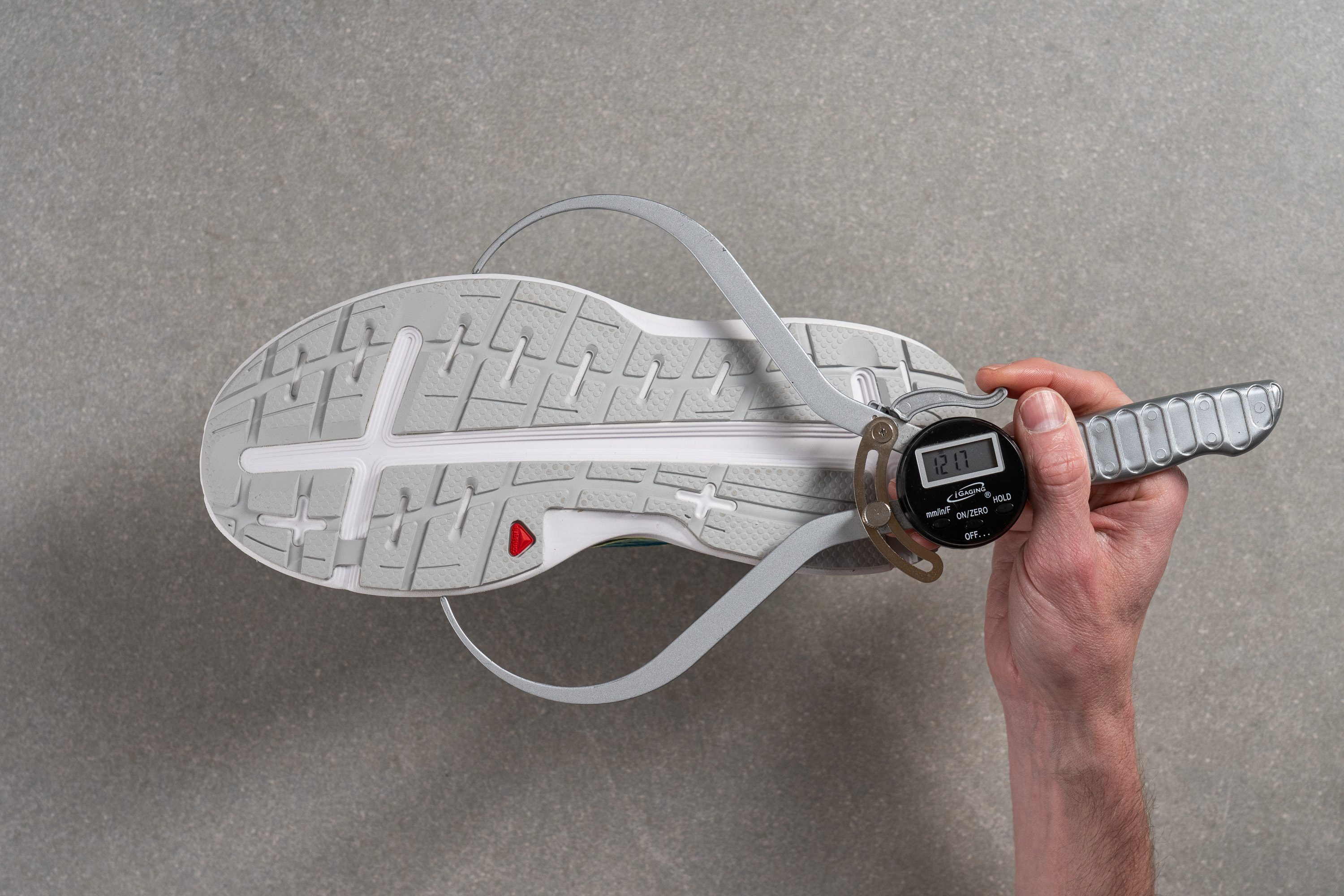
| Aero Glide | 121.7 mm |
| Average | 114.4 mm |
Midsole width - heel
The heel mirrors the forefoot's design philosophy, measuring an impressive 97.3 mm at its widest point. This dimension confirms to us that the shoe is mostly crafted for rearfoot strikers.
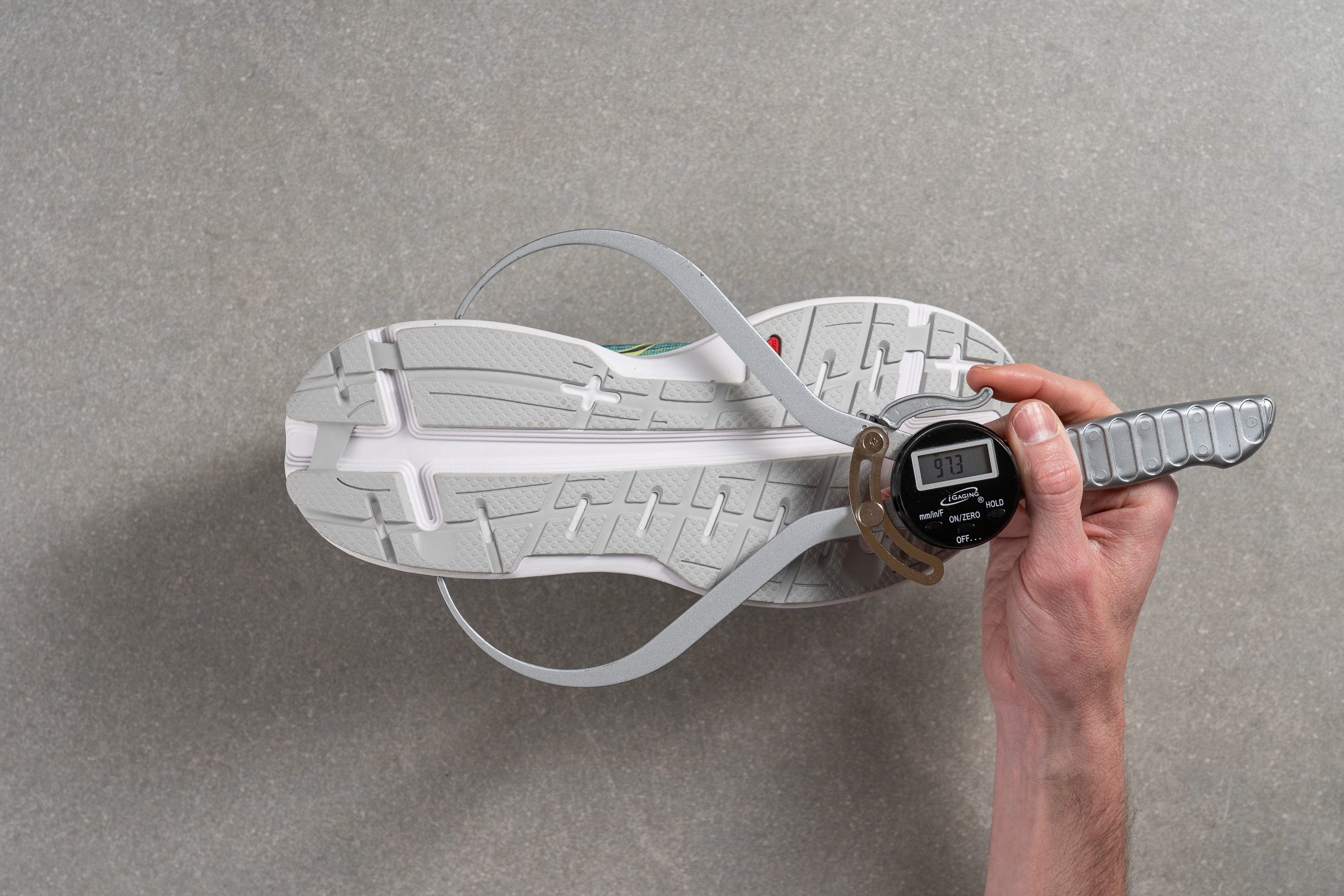
| Aero Glide | 97.3 mm |
| Average | 90.7 mm |
Durability
Toebox durability
A major benefit of an upper without large ventilation holes is enhanced durability, as those holes could otherwise serve as weak points where the mesh might get ripped.
Using our standard Dremel test at 5K RPM and 3.2N of force, we assigned a durability score of 3/5 to the Aero Glide. While not groundbreaking, this result is satisfactory for this type of upper.
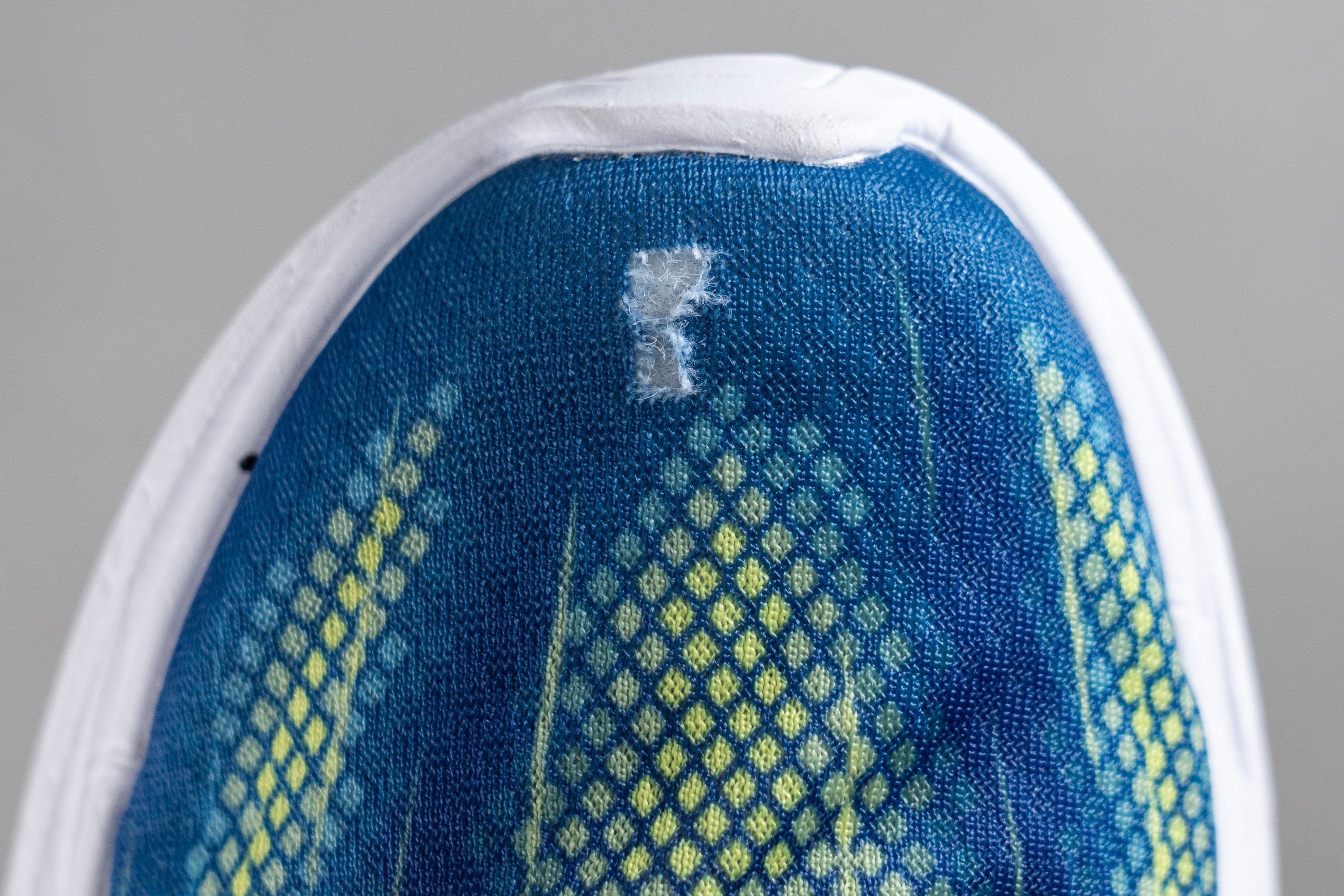
| Aero Glide | 3 |
| Average | 2.6 |
Heel padding durability
We conducted the same rigorous test on the shoe's heel padding and, unfortunately, the results were less than ideal.
This time, we scored the heel padding a disappointing 2/5, which in our view raises concerns for runners who typically experience wear in this area of their running shoes.
However, if you don't usually have issues with heel wear, this is not a dealbreaker, but it's a significant drawback for those who do.
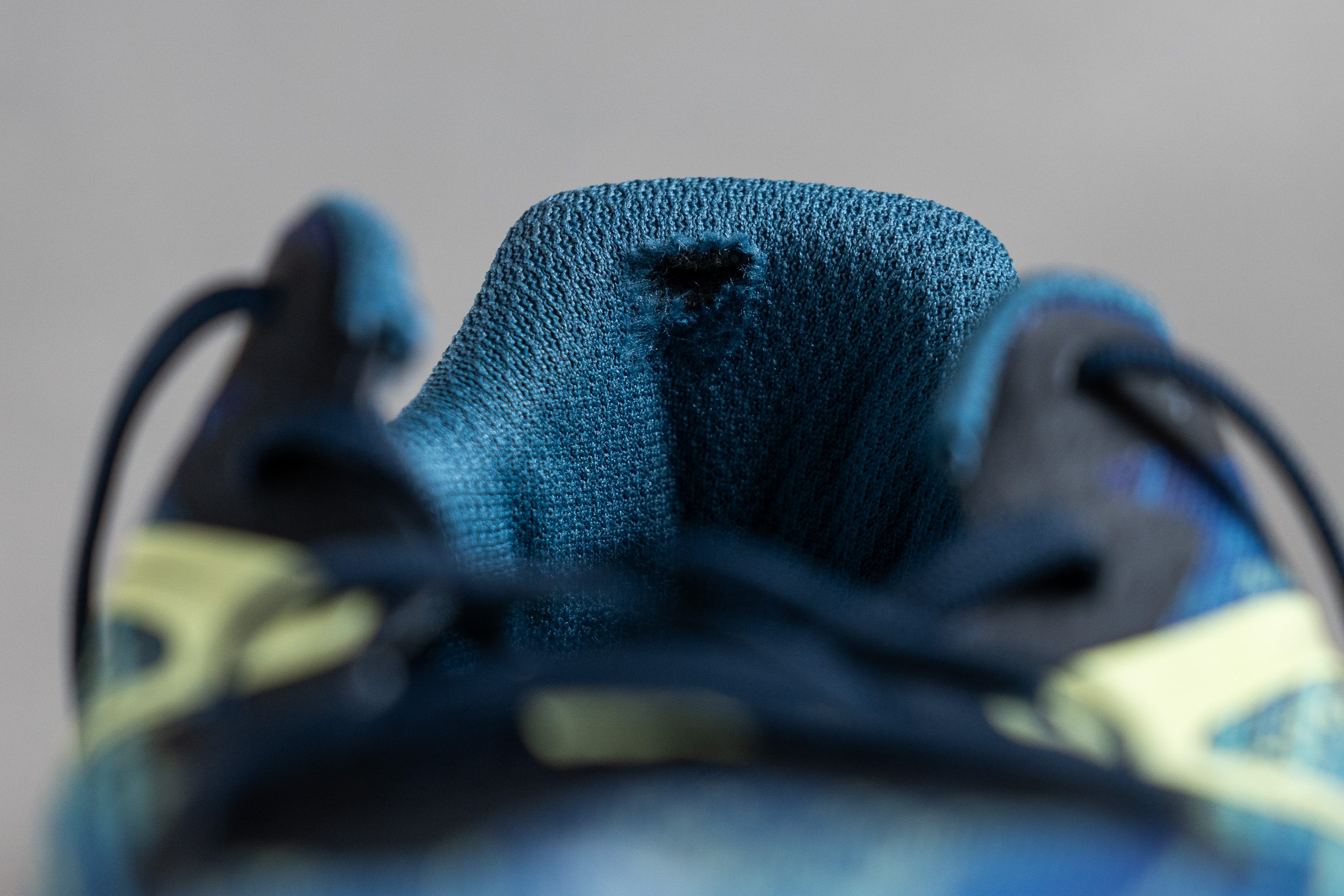
| Aero Glide | 2 |
| Average | 3.4 |
Outsole hardness
Moving to the outsole, we focused first on Salomon's widely used CONTAGRIP rubber, which is a staple in both their road and trail lines.
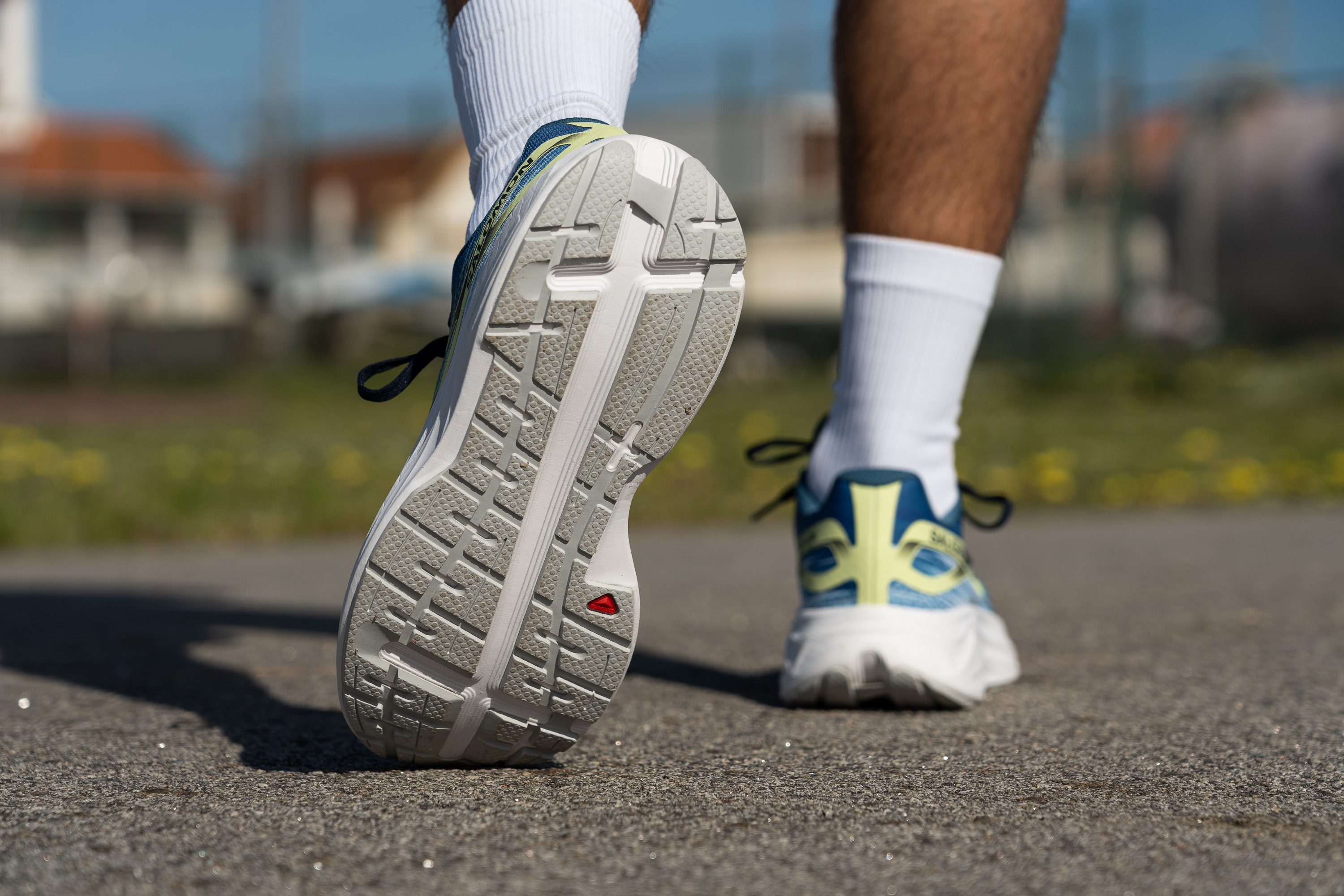
Our Shore C durometer test yielded a high score of 91.9 HC, indicating good durability. However, this comes at the expense of optimal grip.
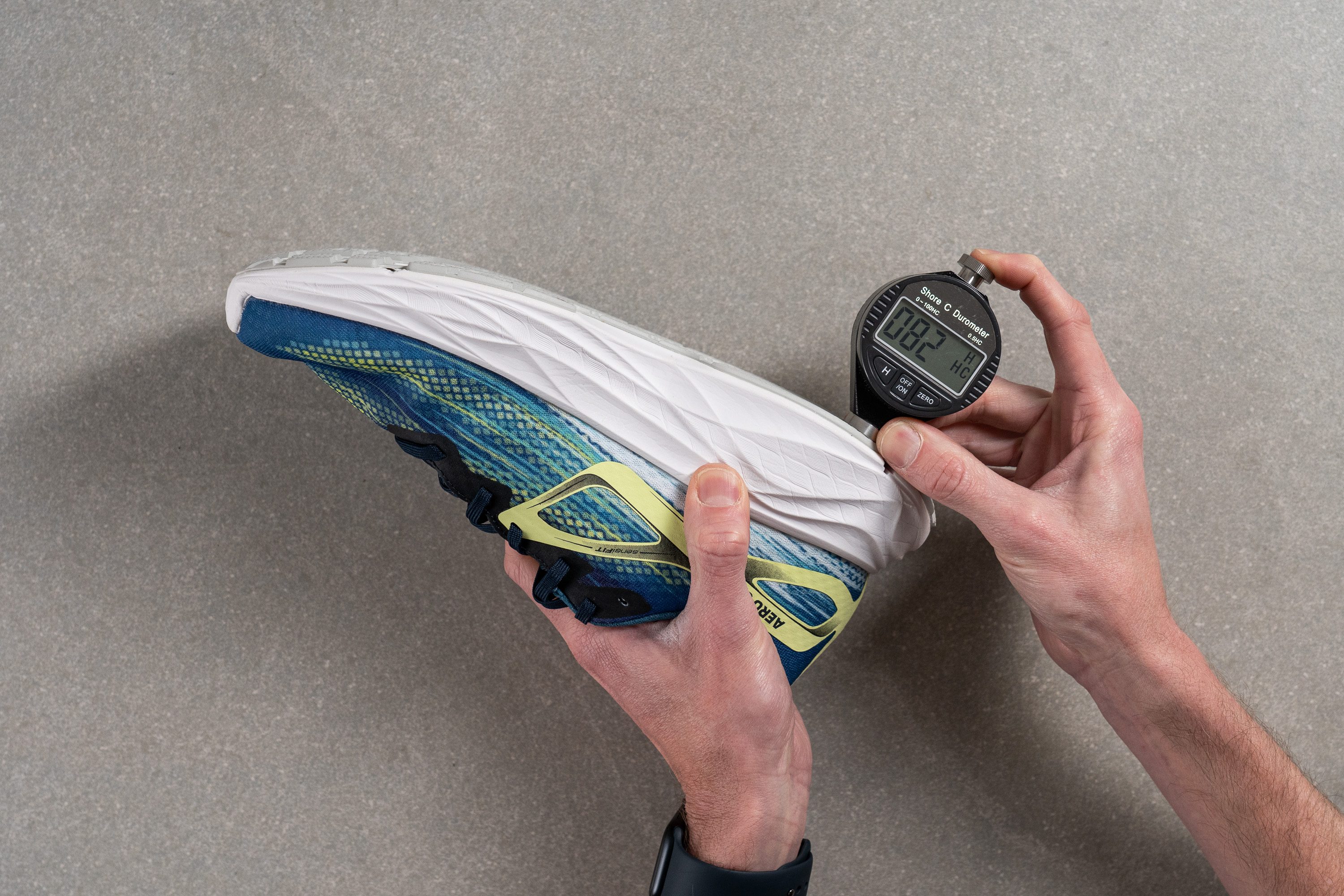
| Aero Glide | 91.9 HC |
| Average | 79.2 HC |
Outsole durability
To evaluate the durability of the Aero Glide, we revved up the Dremel in our lab for one final test.
Once complete, our measurements showed a 0.8 mm indentation in the rubber—decent, though we anticipated an even better performance given the exceptionally hard rubber Salomon typically uses.
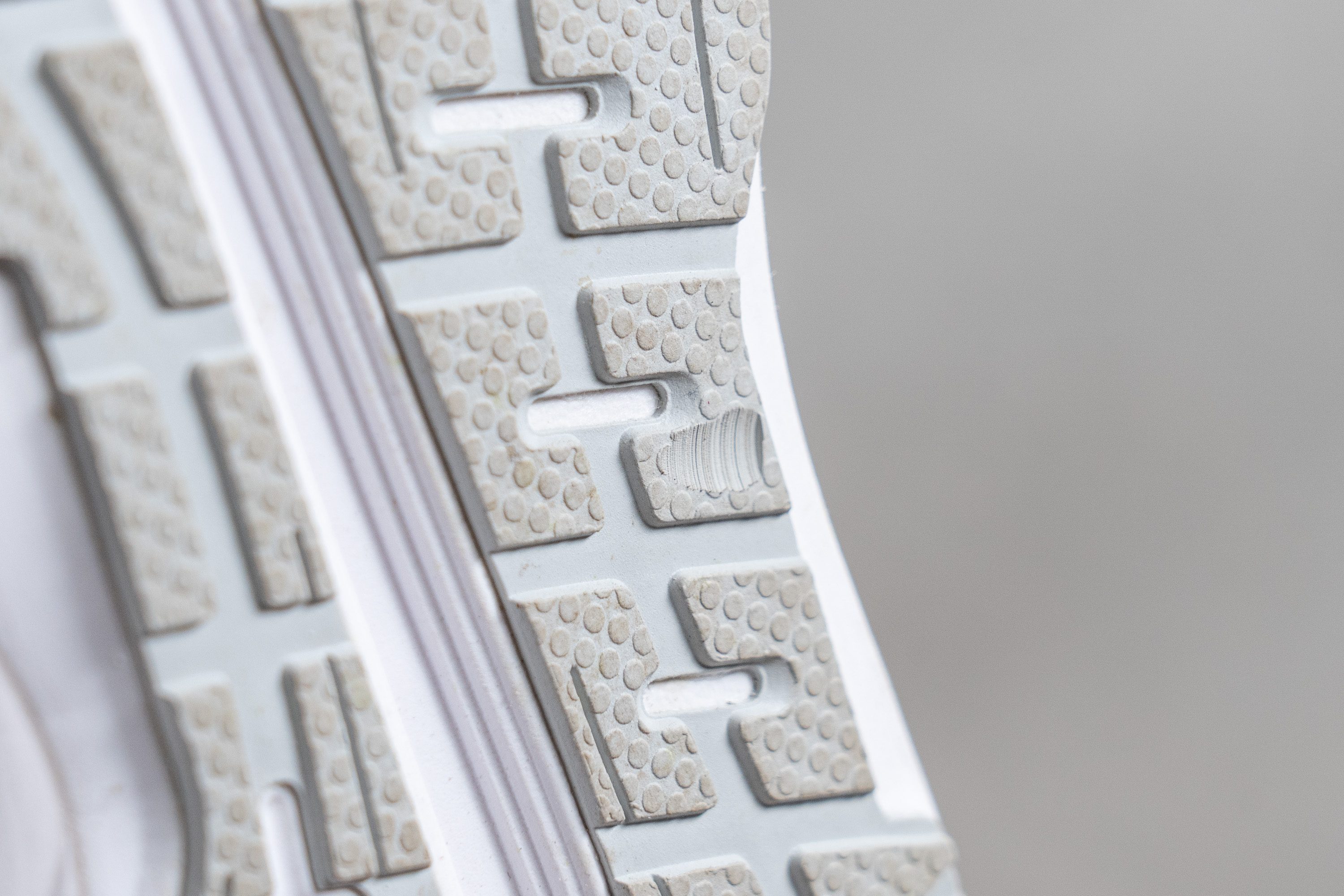
| Aero Glide | 0.8 mm |
| Average | 1.1 mm |
Outsole thickness
To conclude our evaluation of the outsole, we measured its thickness, finding it to be 3.2 mm.

This thickness strikes a balance, ensuring durability without adding excessive weight to the shoe.
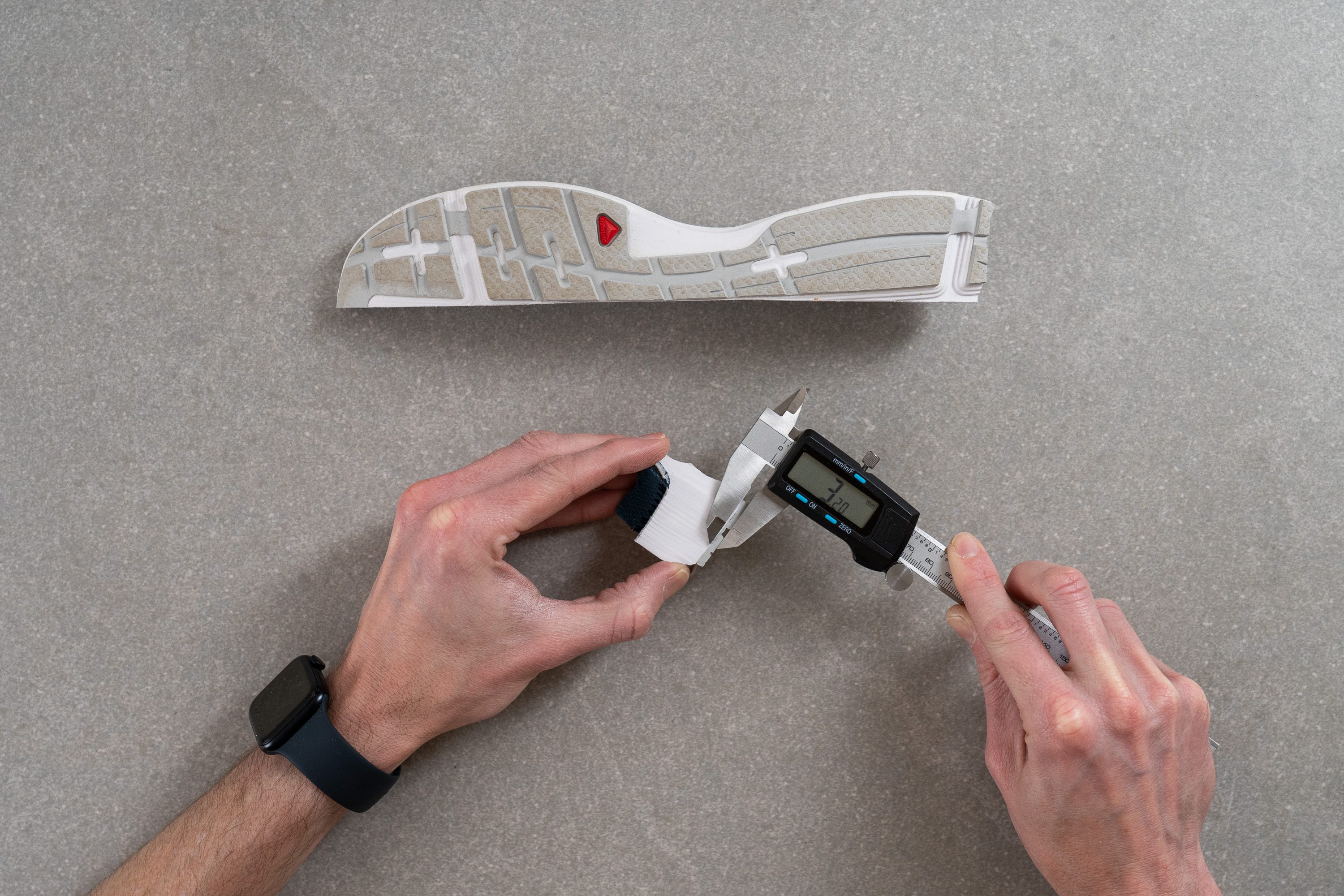
| Aero Glide | 3.2 mm |
| Average | 3.2 mm |
Misc
Insole thickness
At 4.0 mm, the insole is slightly slimmer than what's usually found here in the lab, but it's far from being a drawback.
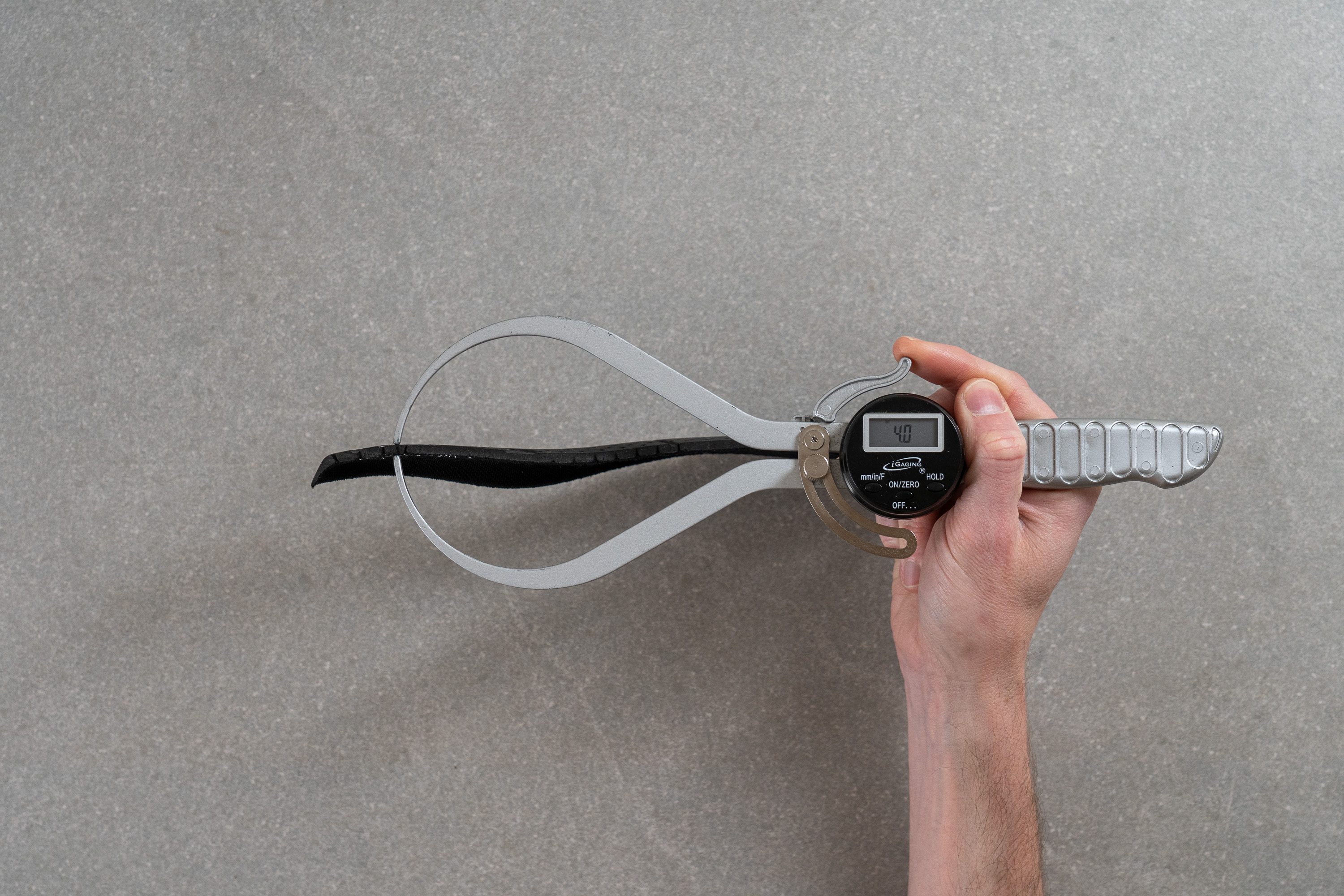
| Aero Glide | 4.0 mm |
| Average | 4.5 mm |
Removable insole
The insole is removable, so it's easily replaceable with third-party footbeds for enhanced comfort or support.

| Aero Glide | Yes |
Midsole softness in cold (%)
Blending EVA with Olefin co-polymers (OBC) significantly enhances not only energy return but also performance in cold conditions.
Impressively, the EnergyFOAM midsole only stiffened by 18.8% after a rigorous 20-minute cold test in our freezer—a testament to its great resilience against low temperatures. It earns our seal of approval for winter conditions.
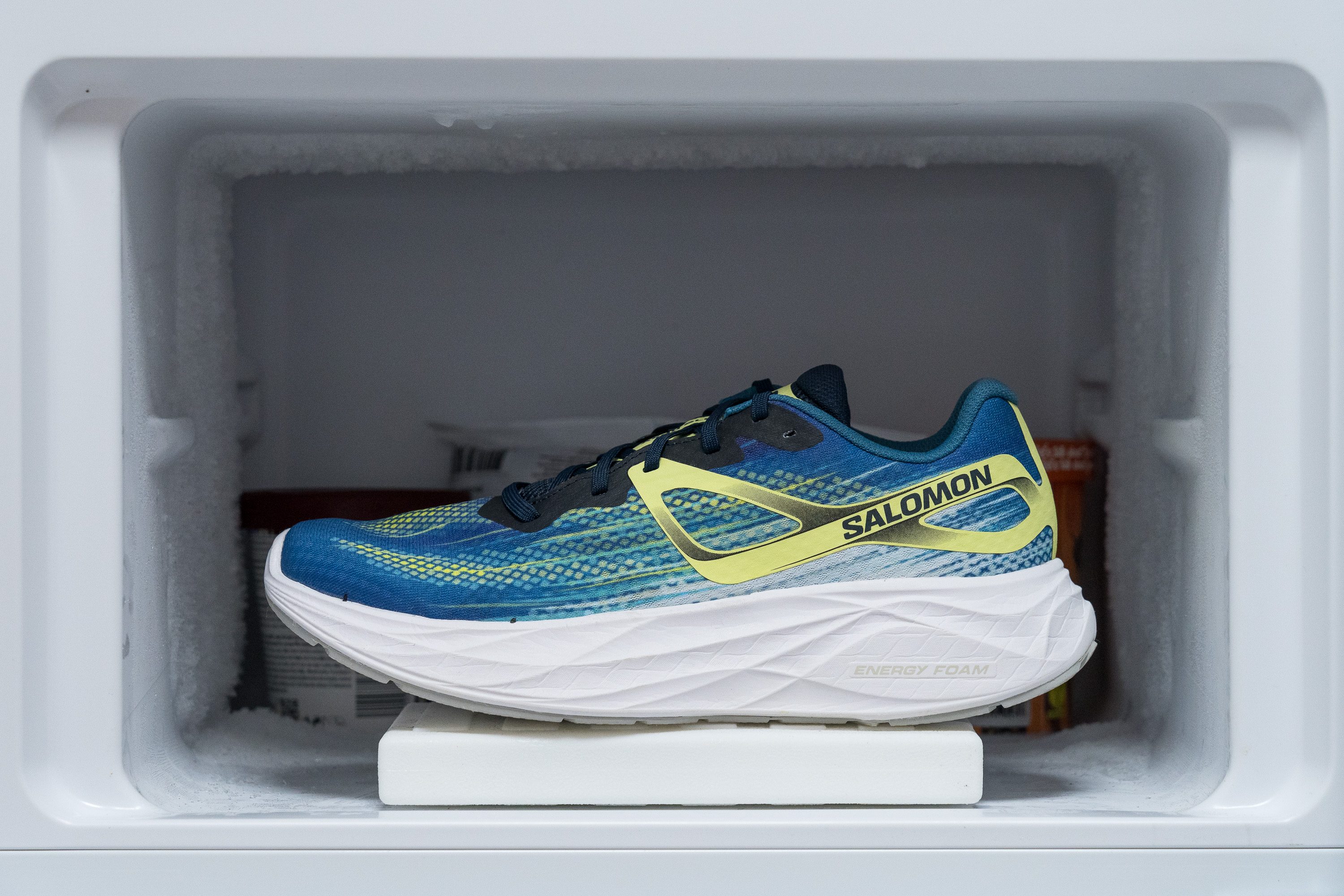
| Aero Glide | 19% |
| Average | 24% |
Reflective elements
Unfortunately, we discovered that the Aero Glide lacks any reflective elements. While it's not a trail shoe, we still expect more from Salomon, a brand known for catering to the adventurous runner.
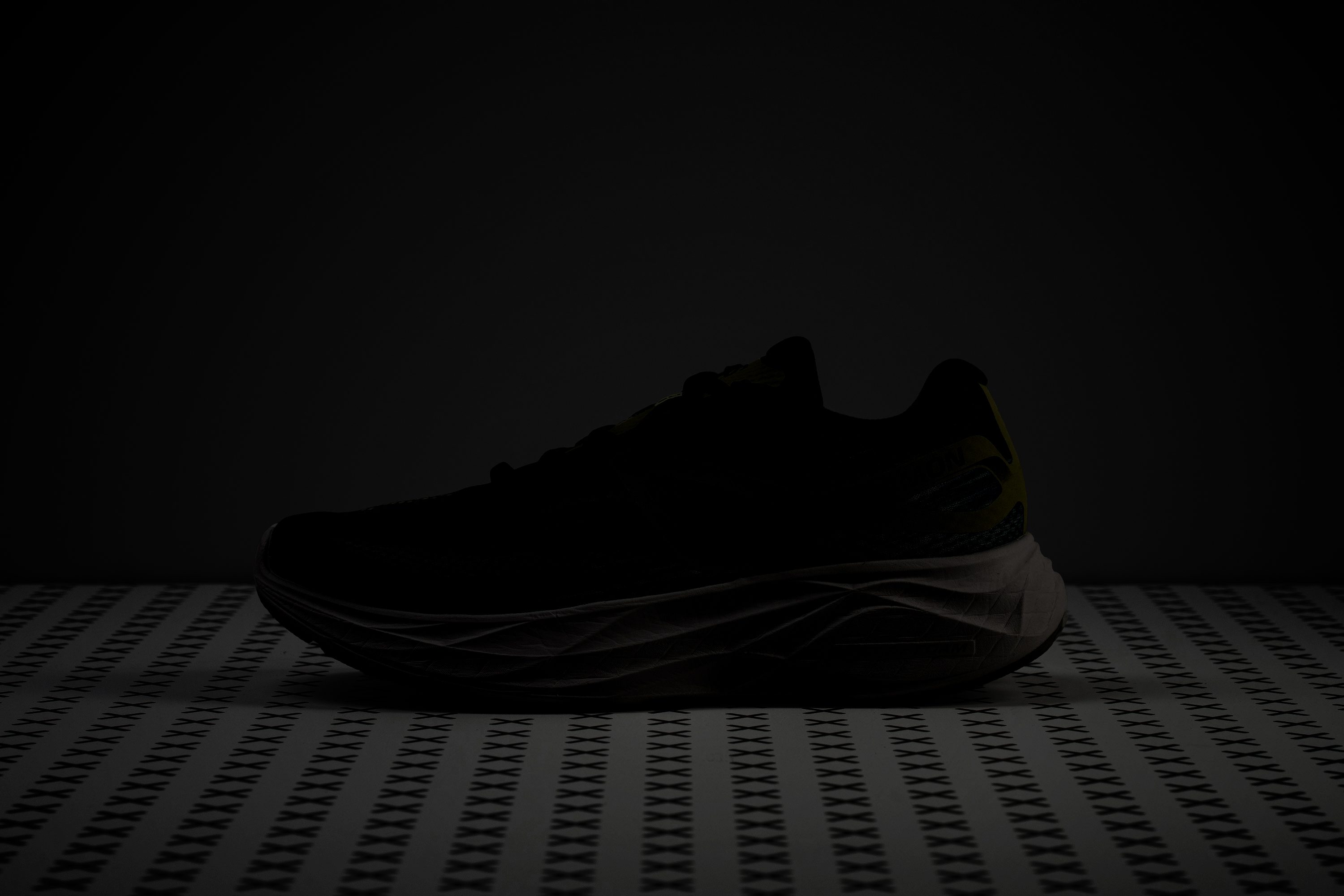
| Aero Glide | No |
Tongue padding
The tongue is well designed, featuring 6.9 mm of padding made from dual foam slabs. We believe this is an ideal setup for a daily trainer—not overly padded like some heavier shoes, yet it offers ample comfort for long runs.
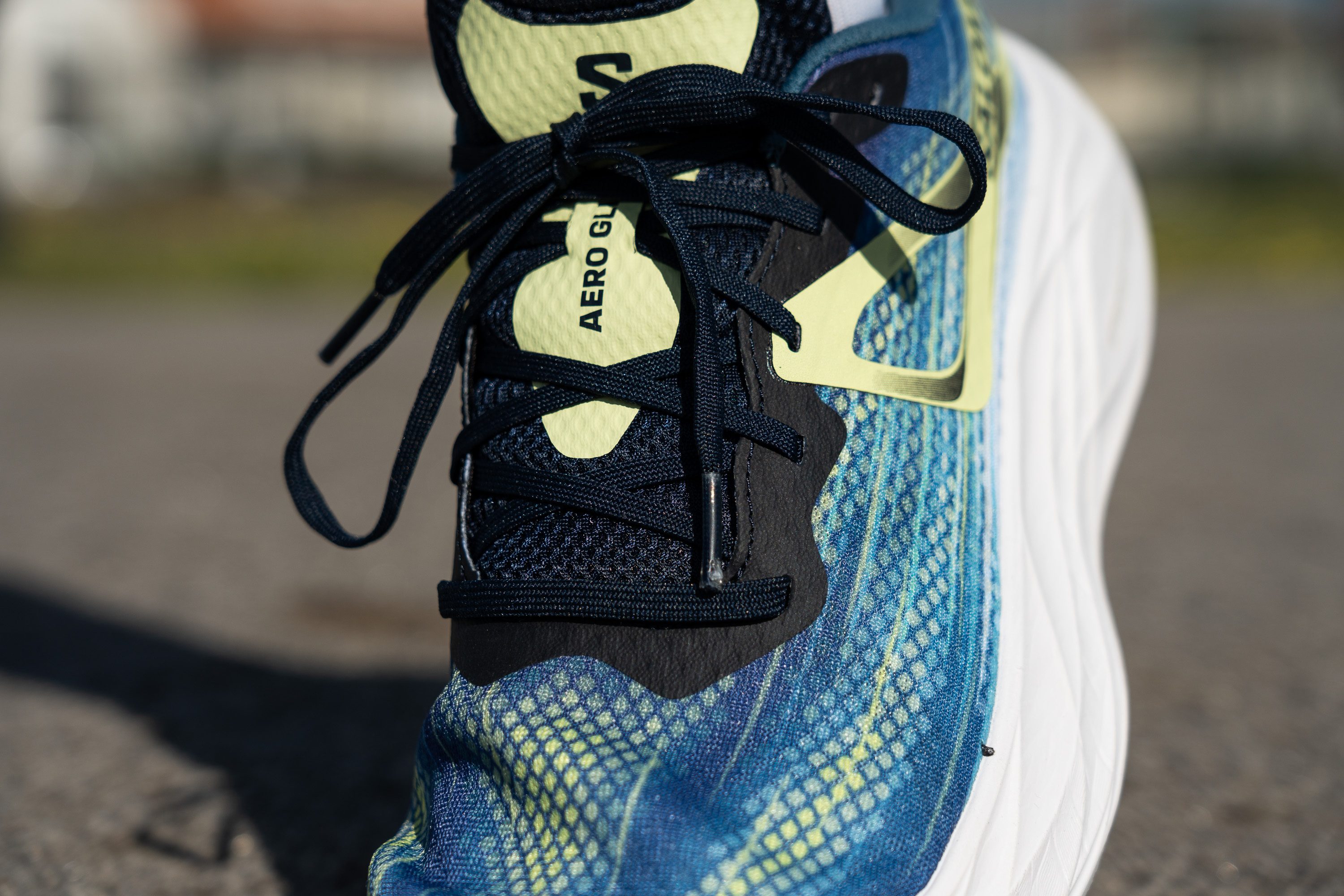
We're also fans of the flat laces and the overall lacing system. Notably, Salomon opted out of their QuickLace system this time, a choice we appreciate since it might feel out of place on road running shoes.
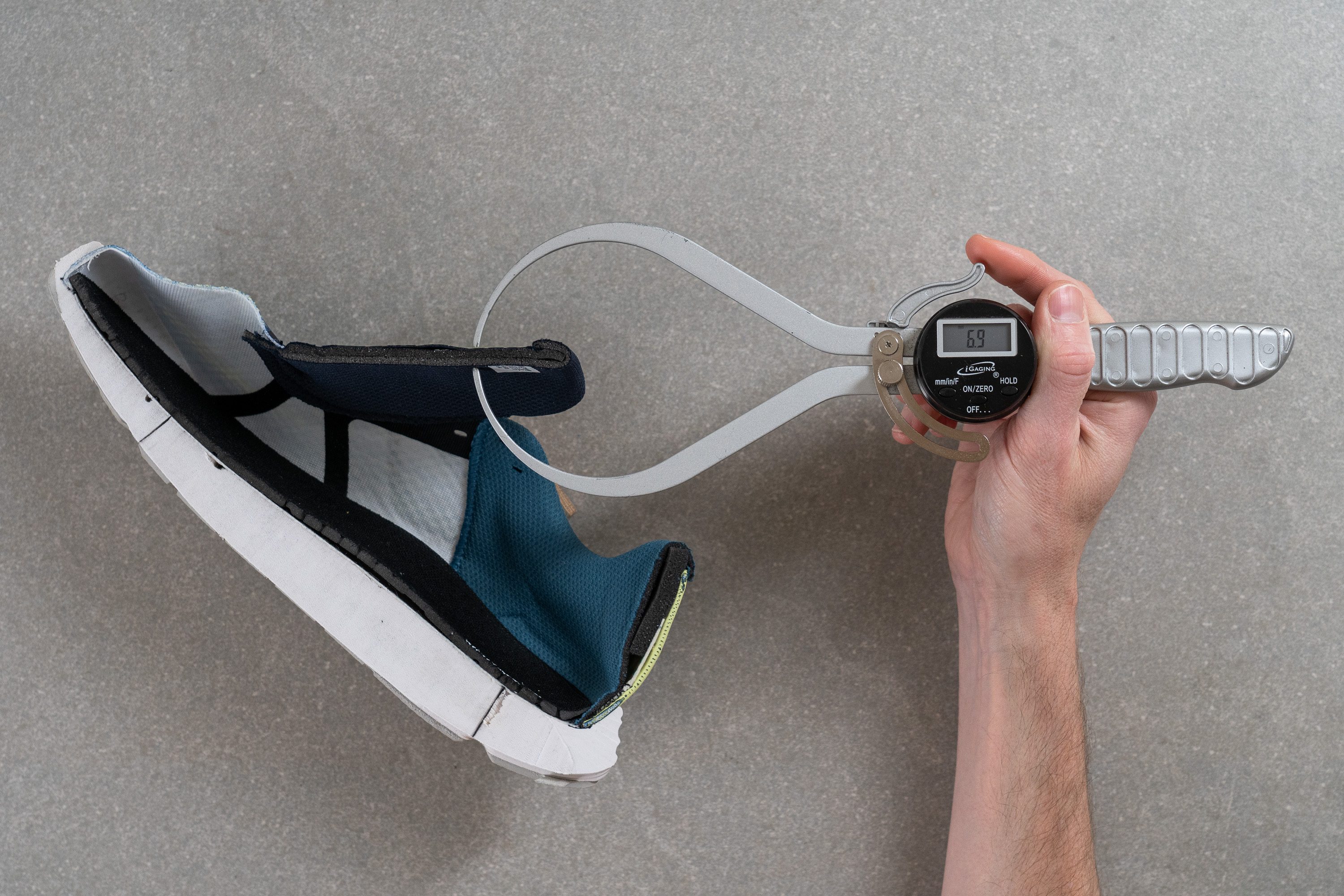
| Aero Glide | 6.9 mm |
| Average | 5.8 mm |
Tongue: gusset type
Unfortunately, we discovered that the tongue of the Salomon Aero Glide is not attached to the sides, which is disappointing for a shoe priced at $160.

| Aero Glide | None |
Heel tab
The heel lacks a finger-loop pull tab; however, it includes a slightly extended Achilles zone that can be used to help slip the shoe on more easily.

| Aero Glide | None |

